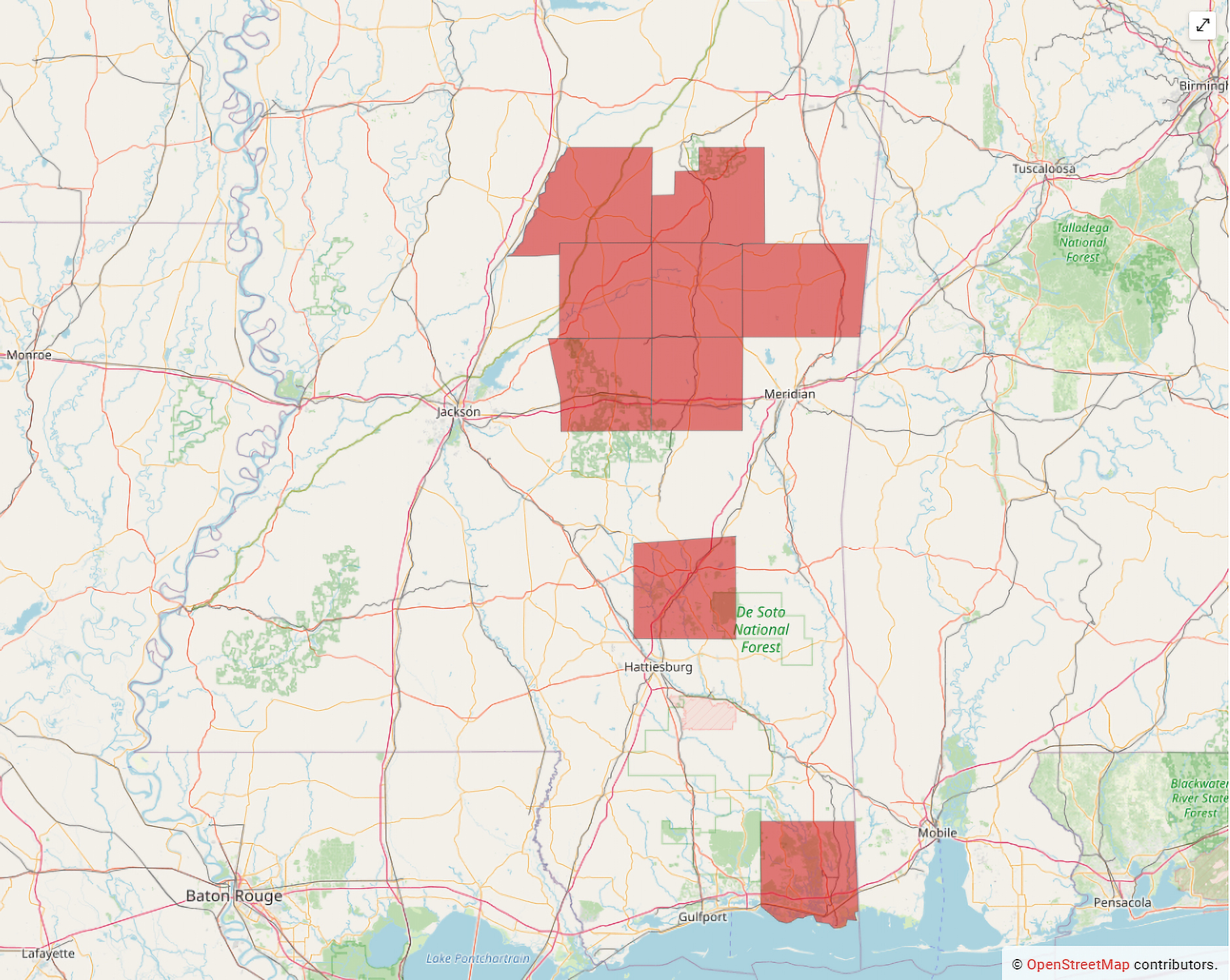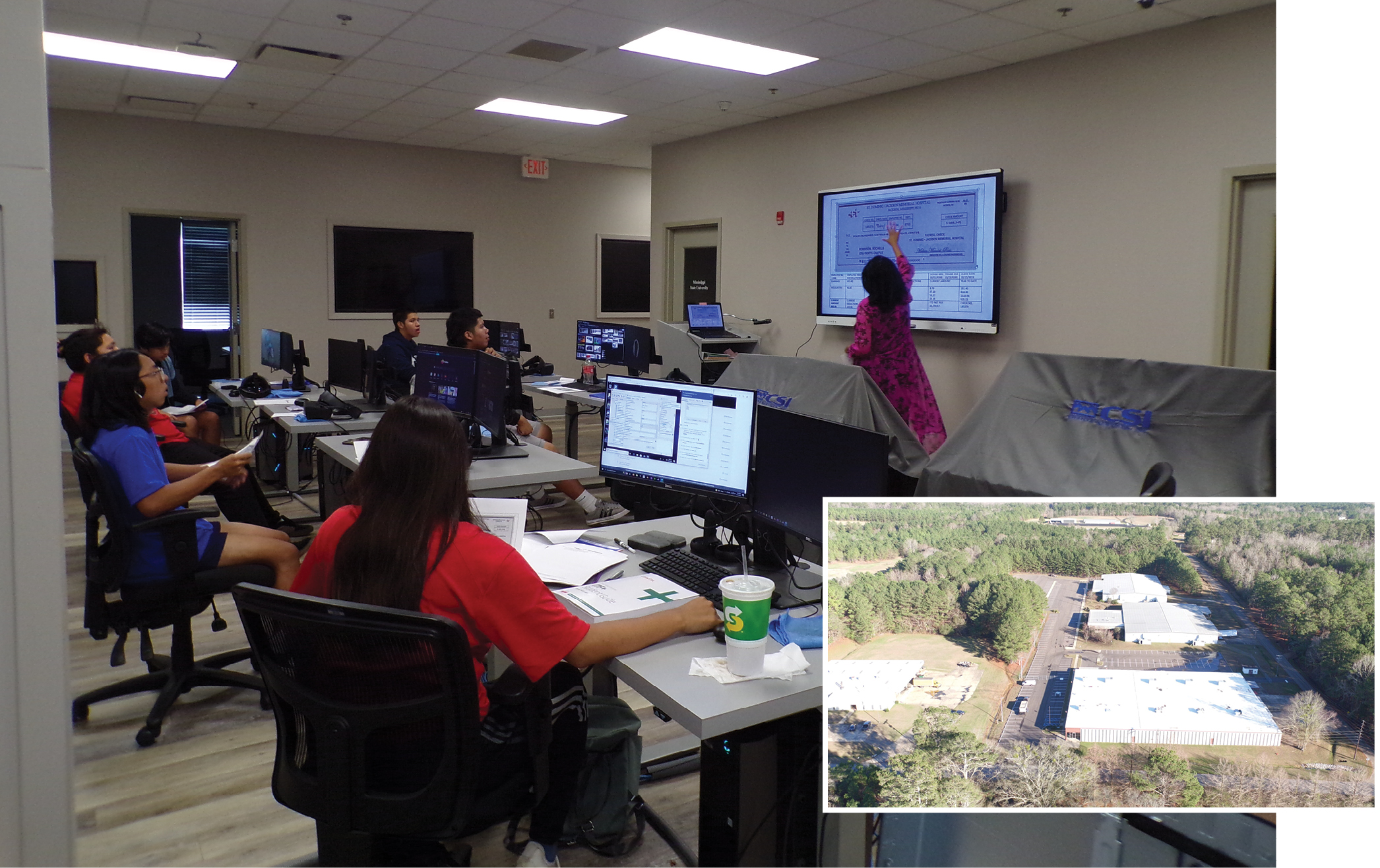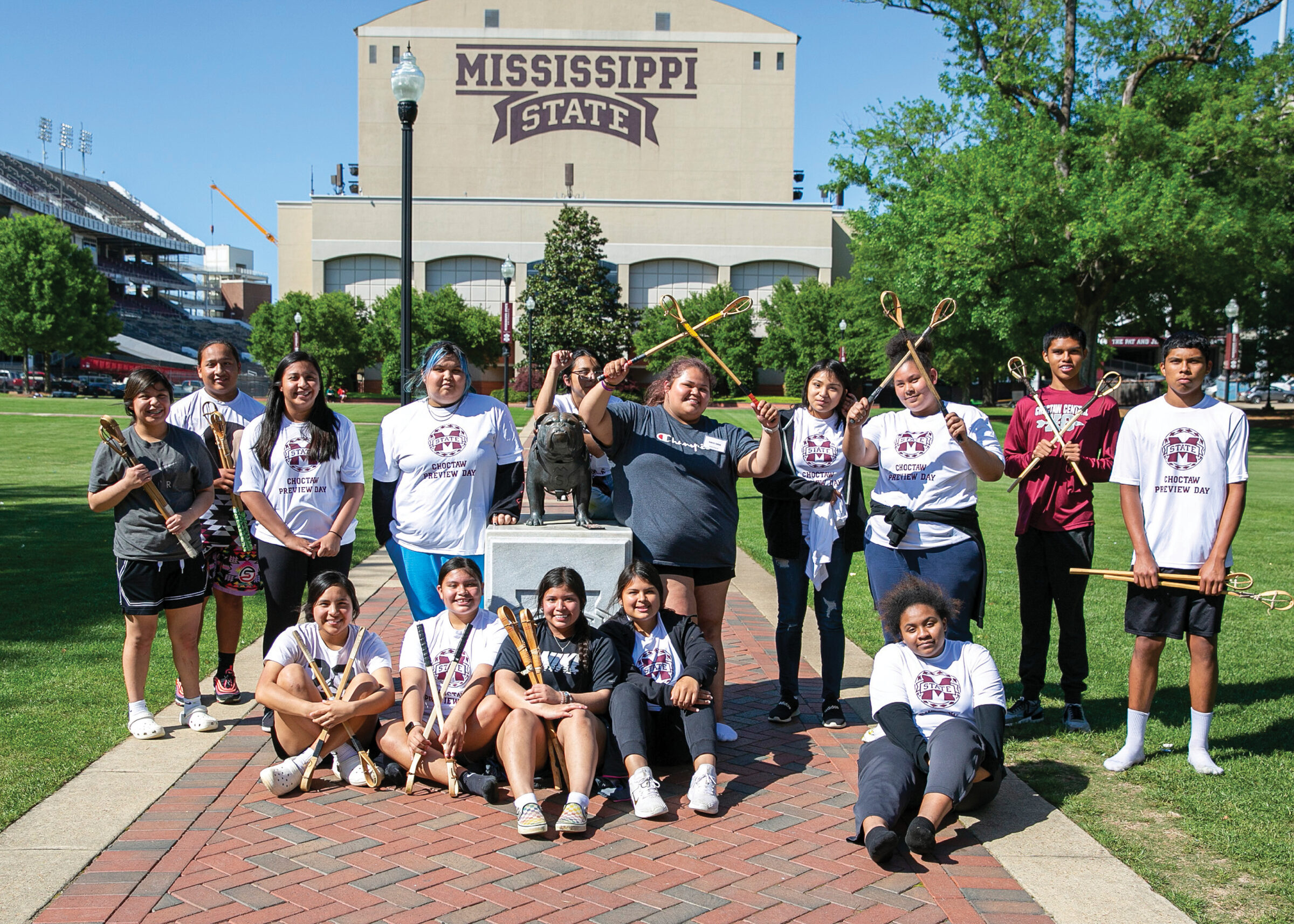With no property taxes or zoning, as well as various incentives from the federal government that support economic development in Native communities, companies can reap a plethora of benefits when doing business with the Mississippi Band of Choctaw Indians (MBCI), the only tribal community in the state of Mississippi.
“I’ve heard people say that they can do something with us in 30 days that would take them two or three months in their home communities,” says John Hendrix, the MBCI’s director of economic development. “Tribes offer a unique set of advantages, so if you think about it from the state’s perspective, it just gives them another tool in the tool belt.”
On August 18, the tribe announced a new recruitment asset, the Choctaw Employment Advantage. Through this incentive, commercial tenants leasing Choctaw buildings are eligible for rental discounts when they employ tribal members.
“We’ve structured it so that for each group of five tribal members that they hire, they get a $500 discount off of their rent. There’s no requirement that they hire anybody in particular. It’s just an incentive that encourages them to do so,” explains Hendrix.
With this incentive, the MBCI aims to attract a list of target industries based on the skillsets of its workforce, including wood product manufacturing, fabricated metal manufacturing, machinery manufacturing, transportation equipment manufacturing, industrial building construction, food manufacturing and textiles.
“We’re designing the space with the hope of being more future-proof … The intent is to try to stay on the cutting edge.”
— John Hendrix, Director of Economic Development, Mississippi Band of Choctaw Indians
Currently, there are 11,000 MBCI members, with 4,500 participating in the workforce as well as 60,000 workers available in the regions near Choctaw land, which encompasses more than 35,000 acres across 10 counties in east-central Mississippi.
Building Skills to Bridge the Gap
Even without the nudge from this incentive, business leaders who hire Choctaw members want to be confident that the tribe’s pipeline of workers is equipped to meet their companies’ employment needs. Prior to this announcement, upskilling of the workforce has been a primary focus for the MBCI. Over the last few years, tribal leaders and officials have diligently worked to expand skills training and educational opportunities for its members across all levels.
For those interested in obtaining a college education, the MBCI offers the Tribal Scholarship Program, giving members access to pre-college counseling, guidance with admissions, housing and financial aid applications as well as financial assistance with tuition.
The tribe has also partnered with Mississippi College, located in Clinton, to create a tuition assistance program for Choctaw students.
The MBCI has previously collaborated with a handful of local universities and community colleges on educational programs for its members, including East Central Community College, the University of Southern Mississippi, Mississippi State University and the University of Mississippi.

“We’re investing around $4.5 million a year in scholarships for tribal members. We now have our first medical doctor, we’ve got physical therapists, we’ve got lawyers. We’re slowly building a professional class among the next generation, [though] that’s not to say that all people are doing that,” explains Hendrix. “The common example is that you’ve got somebody in their 20s or 30s that did not go to college and they’re working for the tribe, but they really don’t have any skill sets. So, what we’ve been doing is carving out time to upskill the existing workforce.
“We have 3 million square feet of buildings, we have dozens of maintenance employees, so we have been setting up classes, four hours per week, for existing tribal employees to go get their HVAC certification or their electrical certification or their industrial control certification,” he says. “And so upskilling existing employees or adults that didn’t do the college route has been a really successful initiative that we’ve had and led to the new Advanced Workforce Training Center.”
In August 2022, the MBCI received a $5.8 million federal grant to create the Advanced Workforce Training Center. With this grant, the tribe plans to transform a 45,000-sq.-ft. facility into high-tech classrooms dedicated to skills training. The center is set to offer programs in vocational technical skills — such as HVAC, plumbing, industrial controls and welding — as well as healthcare programs, including CNA and LPN, and pathways in IT and cybersecurity.
“We manage a very large IT network just within the tribal operations,” Hendrix says. “We’ve got a 12-station computer lab where we’re doing CompTIA certifications, we’re doing cybersecurity awareness for our 2,000 employees with email addresses, we’re doing Microsoft tools training.”
The center will also feature a makerspace outfitted with top-of-the-line equipment such as CNC routers, 3D printers and laser etchers to bring the community up to speed on digital fabrication and Industry 4.0 practices. With these resources the Advanced Workforce Training Center aims to not only address skills gaps but ensure that the tribe stays ahead of the curve as new industries continue to emerge.
“We know where we are going to start on day one, we know the classes were going to offer, but we’re designing it so that it’s flexible. We’re building in flexible utility infrastructure in our technical labs. Technology is moving quickly, so we want to be able to swap out one of those rooms for some new major, maybe robotics or something that comes along later,” explains Hendrix. “I would say we’re designing the space with the hope of being more future-proof. We’re just going to continue to add new curriculum and new courses, replacing the ones that wear out over time. The intent is to try to stay on the cutting edge.”
Creating Connectivity
Steps to achieve this goal stretch into multiple development sectors throughout Choctaw lands. The tribe’s recent undertakings — including constructing affordable housing, renovating its middle school and high school and evaluating the possibility of installing renewable energy sources — were all created with the mission to close the skills and opportunity gaps Native communities often combat.
All in all, this portfolio of projects is upskilling all facets of life and business on the reservation.

Photos courtesy of Choctaw Office of Economic Development
“Literally this month [September] we will have completed the deployment of broadband to every house on the reservation,” says Hendrix.
Through the Tribal Broadband Connectivity Project, MBCI partnered MaxxSouth Broadband to connect more than 2,000 unserved Native households, 86 businesses and 60 community anchor institutions with fiber-to-the-home 05 Mbps/105 Mbps service. This achievement was made possible due to an $8.43 million grant from the National Telecommunications and Information Administration (NTIA). With this funding, the Tribe was able to construct a 12.3-mile, middle-mile fiber network, a 524 last-mile network and a new Tribal Utility Department building.
“With many school, business and service operations now being conducted online, the need for broadband internet access is more important than ever,” said Tribal Chief Cyrus Ben in a press release. “Access to adequate internet service in some Choctaw Tribal communities is limited at best. We recognize the need and have been making great strides to provide solutions for tribal households.”
“Whether it’s just making households comfortable using the internet and all the things that you can do with the internet or enabling people to actually work from home and be part of the gig economy,” adds Hendrix, “I think it’s going to enable a lot more development.”

